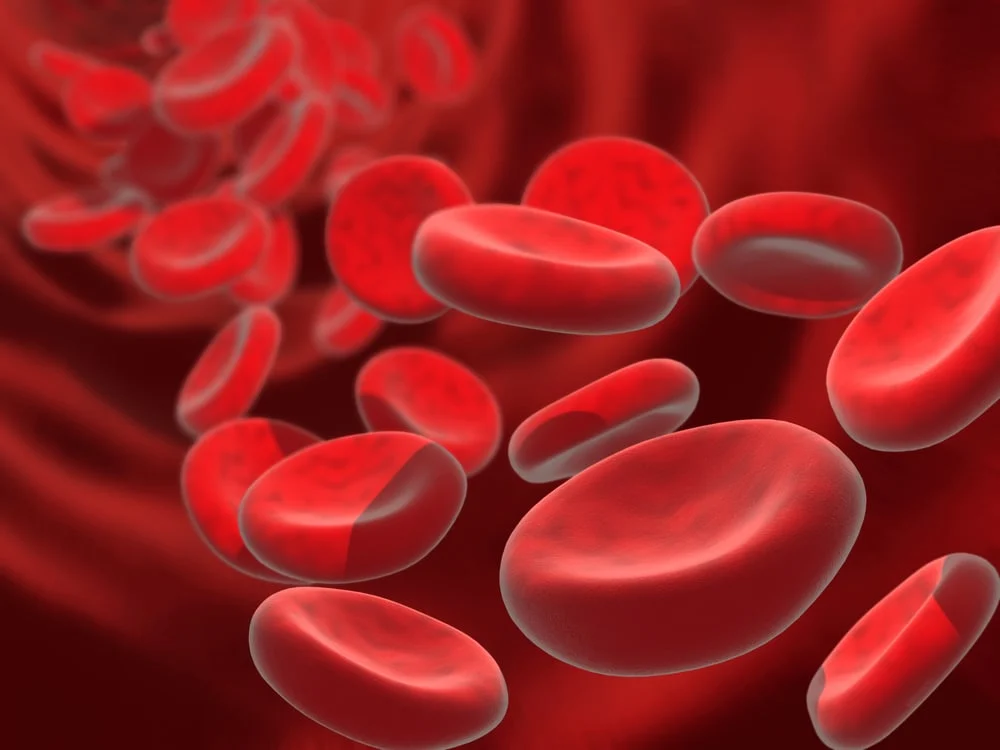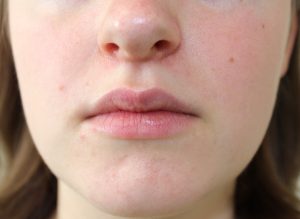Anemia occurs when your body does not produce enough healthy red blood cells. Red blood cells have hemoglobin, a protein that holds and brings oxygen to our body’s cells. Without enough normally functioning red blood cells, our bodies experience stress on several systems. An anemia diagnosis is determined using a blood test in most cases. In very rare cases, your child may require a bone marrow test or other diagnostic tests that help rule out other conditions or internal bleeding.
Chronic, long-term anemia can result in problems with your child’s development due to its ability to affect our attention, focus, and energy.
Signs & Symptoms
- Pale skin, cheeks, or lips
- Crankiness and irritability
- Tiredness
- Weakness
- Chills
- Jaundice (yellow skin/eyes)
- Dark urine
Causes of Anemia
Iron deficiency is the most common cause of anemia. However, several problems can cause anemia. If your body isn’t producing enough red blood cells, that might mean that your child doesn’t have enough nutrients in their diet. Other children might have an underlying disorder or illness, like sickle-cell disease, where our bodies begin to destroy red blood cells. Anemia can also be caused by rapid growth, age, blood loss, genetic history, lifestyle, or other health issues.
The treatment for anemia depends on the cause.
Low Iron & Pica
If your child has low levels of iron, they may develop a behavior called “pica.” Children with pica eat strange non-foods, like dirt, paper, or clay. Eating too many non-food items can have other effects, like constipation. Pica will typically stop after the iron-deficiency anemia is treated with iron supplements.
Anemia Prevention
- Ensure your child is consuming a well-balanced diet. If your child has dietary restrictions, talk to your provider at your next visit to determine the best way(s) to help your child get the nutrients they need.
- Iron deficiency anemia can be treated with a change in diet or dietary supplementation.
- Vitamin B12 deficiency anemia can be treated with a change in diet or dietary supplementation.
- Add vitamin C to your diet to help your body absorb iron. Iron can often be difficult to metabolize, and vitamin C is an excellent way to help.
- Do not give your child cow’s milk until 12 months or older. Our bellies aren’t ready to drink cow’s milk before 12 months, which can cause blood loss and decreased iron absorption.
- Breastfed babies may need to supplement with iron at around four months. Babies begin to grow rapidly, and it can be difficult for the body to keep up with and produce enough healthy red blood cells.
Anemia in Pregnancy
Iron deficiency anemia is common during pregnancy since your body is working to produce enough blood for both you and your fetus. Pregnant people must get enough nutrients, including iron, vitamin B12, and vitamin C. Anemia can cause several complications, including low birth weight, preterm labor, excess blood loss during labor, and developmental delays.
When to Call Your Provider
Call your pediatric healthcare provider if your child also develops any of the following signs & symptoms:
- Restless leg syndrome
- Dizziness
- Fainting
- Headache
- Shortness of breath
- Rapid heart rate
- Swollen extremities (hands/feet)
For questions or comments, please respond to this post or contact us!




